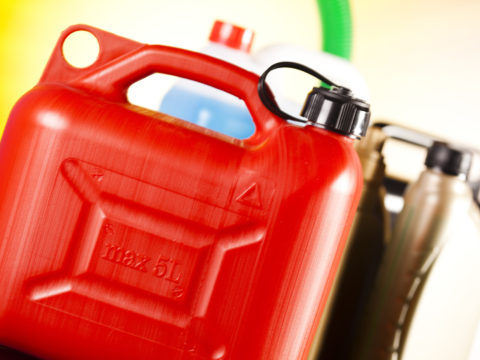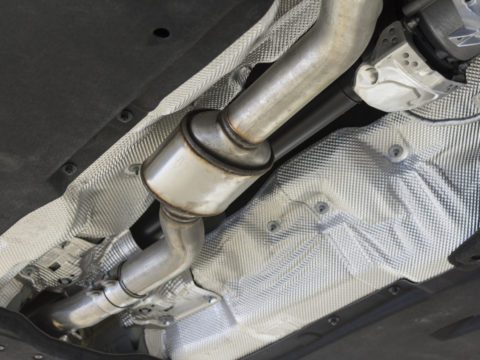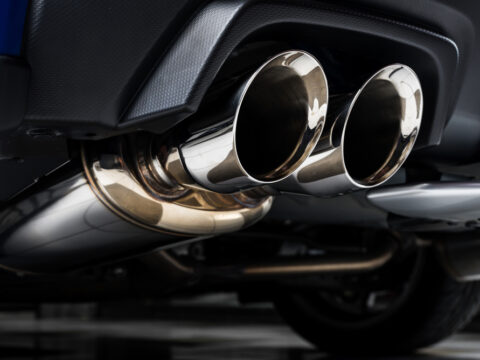Driving with a bad purge valve can cause a lot of problems for your car. Being able to identify the symptoms of a bad purge valve can help you address the problem before it gets worse.
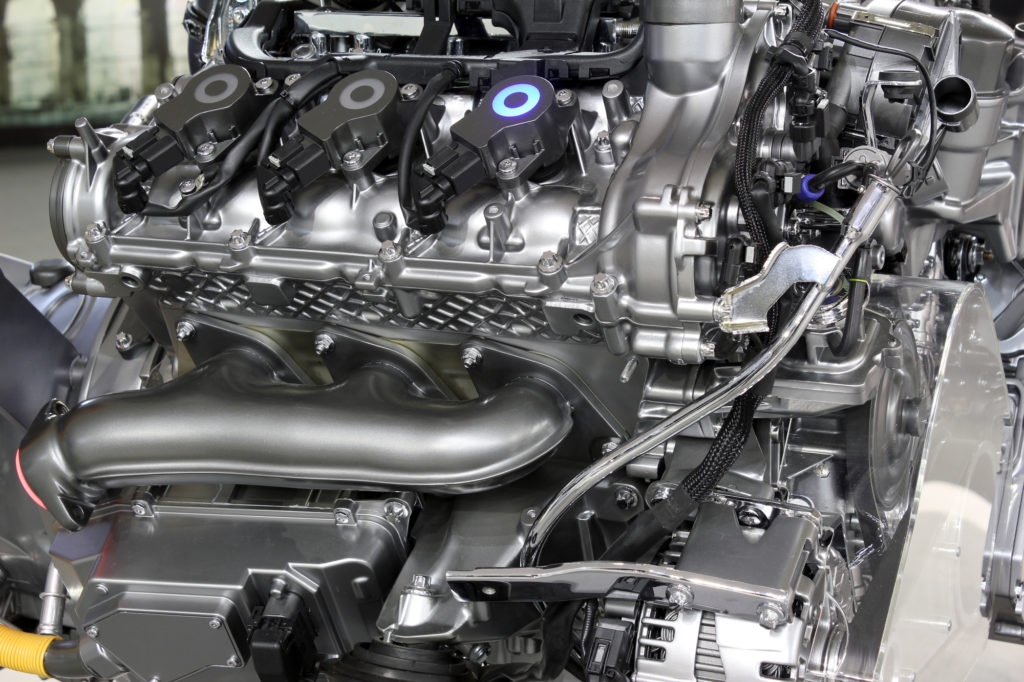
The symptoms of a faulty purge valve include:
- The “check engine” light goes on.
- Poor engine performance.
- The engine struggles to start and misfires.
- The car has rough idling.
Contents
What does an EVAP purge valve do in a car?
The purge valve is a crucial component of the evaporative emission control system (EVAP). This system controls the vapors that are produced in the fuel tank by containing the vapors within a charcoal canister. When the car engine starts running at a consistent speed, the EVAP system releases the vapors, which flow into the engine and burn similar to the fuel.
The purge valve, also called a canister purge valve, solenoid, or purge solenoid, is a valve that opens and closes to allow the fuel vapor to be released into the engine. It controls the frequency and amount of vapor that enters the engine and undergoes the combustion process.
Where is the EVAP purge valve located?
The purge solenoid is located within the engine bay of the vehicle. The valve is connected to a hose that is linked to the fuel intake. In some cases, the purge valve is located close to the fuel tank.
What happens when your purge valve goes bad?
A faulty canister purge valve will stick. This will prevent the fuel vapors from being regulated and cause a vacuum leak, which will cause engine performance issues.
What are the symptoms of a bad EVAP purge valve?
The engine struggles to start
If the engine is not readily starting, your purge valve might be the reason. Since the purge valve is responsible for maintaining pressure in the fuel tank, the fuel can flow back into the filler pipe if the engine is switched off, causing trouble when restarting the engine.
The engine stalls or is running rough
If the engine frequently stalls or sounds like it is running rough, your purge valve could be bad. A rough engine will also get poor milage, or black smoke could be billowing from the tailpipe.
When the purge valve opens and remains stuck open, a vacuum leak is created, which impacts the idle of the engine.
Acceleration is bumpy
If you step on the gas pedal and the car takes a moment to accelerate, you most likely have a bad vapor canister purge valve. A proper functioning purge valve can remove excess fuel and vapors from the engine, allowing for smooth acceleration.
The “check engine” light is on
If your check engine light goes on, you should start by investigating the purge valve. If the purge valve is stuck, the engine will be misfiring, and the warning light will switch on on your dashboard.
The engine smells like fuel vapors
If the purge valve isn’t closing properly, fuel will leak out, and the engine will smell strongly like gasoline. If you smell anything strange coming from your engine, it is best to check the purge valve.
Damage to the gaskets
If the purge valve is stuck closed, pressure will build up over time in the combustion chamber, which will destroy the rubber seals and damage the gasket.
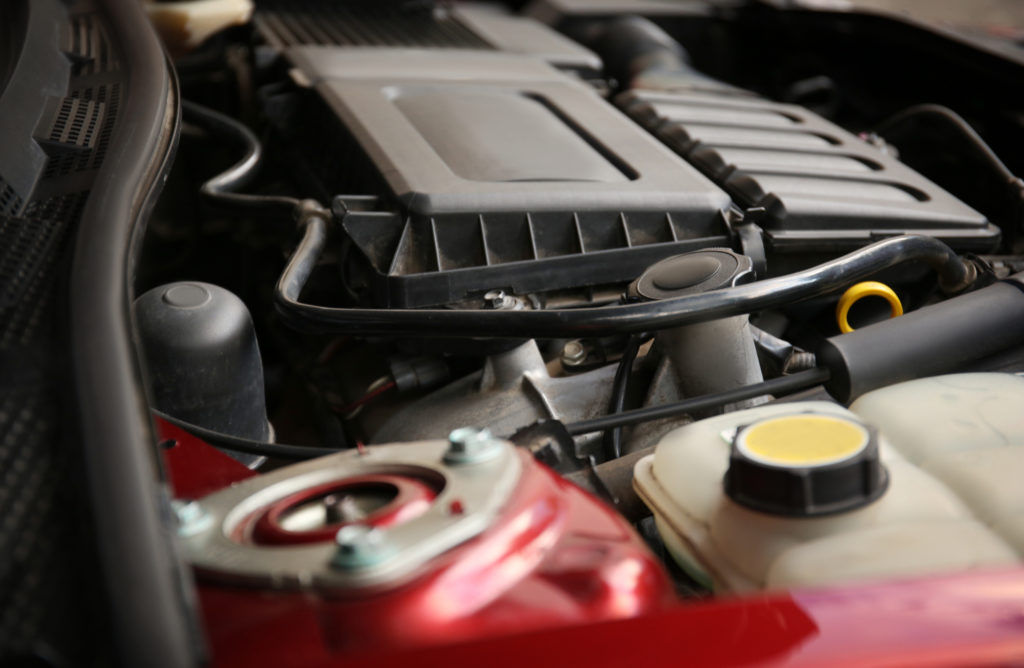
What causes the purge valve to go bad?
Faulty wiring or faulty connectors
Damaged or faulty wiring to the purge valve can cause malfunctioning. Connectors that are dirty or have become corroded over time can also cause a malfunctioning purge valve.
Faulty solenoid
Although we sometimes call a purge valve a purge solenoid, the solenoid is the mechanism responsible for opening and closing the valve. A faulty solenoid means the valve will not be working properly.
Build up of dirt
Dirt can cause a blockage in the purge valve or hamper its functioning. Fuel deposits, debris, or even corrosion from frequent use can cause blockages and improper functioning of the valve.
The purge valve is leaking
A leaking purge valve cannot maintain the fuel tank pressure. When the engine is switched off, fuel can flow back into the filler pipe of the valve that is leaking.
Faulty Engine Control Unit (ECU)
If the ECU is not working as it should due to incorrect settings or a fault in the ECU, the purge valve won’t work correctly.
How do you test a purge valve?
To test the purge valve, you can follow three easy steps. The testing process is aimed at measuring the resistance between the terminals.
Tools and equipment needed
You will require a multimeter with adapter cables.
Step 1: Find the Purge Valve
- Make sure the engine is switched off and cooled down.
- Find the purge valve. It will most likely be located either behind or on top of the muffler, within the EVAP canister.
Step 2: Disconnect the Harness Connecter and Connect the Multimeter
- You will see a 2-pin harness connector that is attached to the valve terminals.
- Disconnect this 2-pin harness connector.
- Connect the multimeter’s adapter cables.
Step 3: Test Resistance of the Terminals
- The multimeter will give you a reading. The resistance should be between 22.0 – 30.0 ohms.
- If the resistance is below or above these values, you have to replace your purge valve.
- Remove the adapter cables and replace the purge valve if you have a spare.
- Reconnect the 2-pin harness connector to the new purge valve.
How long do purge valves last?
The lifetime of the purge valve will depend on the conditions under which the car was driven and how frequently the car was serviced, but it should last as long as the car.
Can you drive with a bad purge valve?
It is possible to drive with a bad purge valve; however, it is not recommended. Your car will not get good mileage, and your engine performance will be severely lacking.
Purge valve replacement cost
It is estimated that the replacement cost of a new purge valve is between $155 and $170. The cost can be broken down as follows:
- Labor costs: anywhere between $43 and $48
- Cost of a new purge valve: $112

